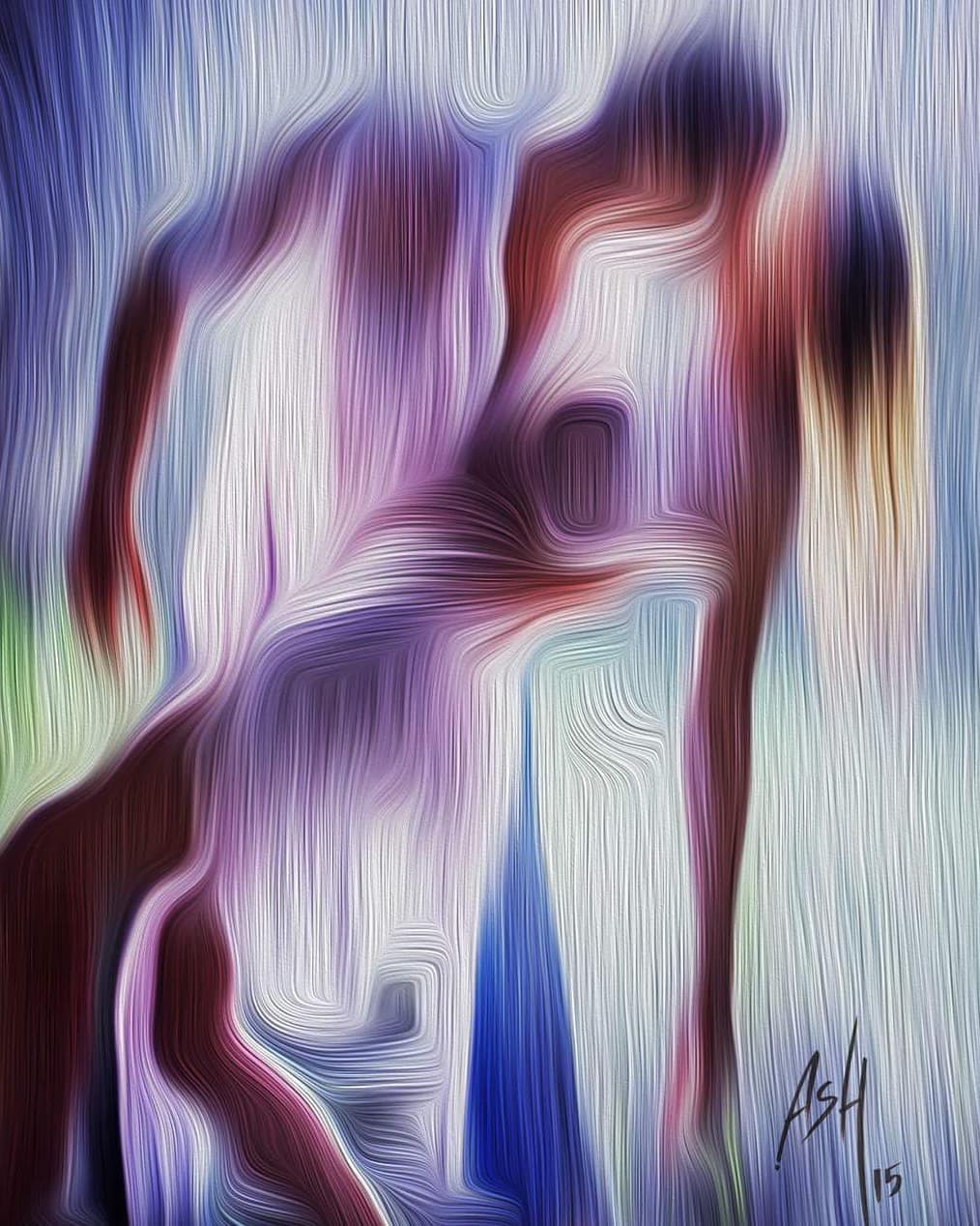Ancient Egyptian art is a highly stylized and symbolic tradition that remained remarkably consistent for over 3,000 years, deeply intertwined with the civilization's religious beliefs, particularly those concerning the afterlife and the concept of universal order (Ma'at).
Most surviving art comes from tombs and monuments, and thus focuses on achieving immortality.
The contemporary history of Egyptian art is characterized by a dynamic interplay between national identity, social commentary, and a rich historical heritage, evolving from Western-influenced modernism to a diverse, globally recognized scene.
Thutmose | The Sculptor of the bust of Nefertiti
















